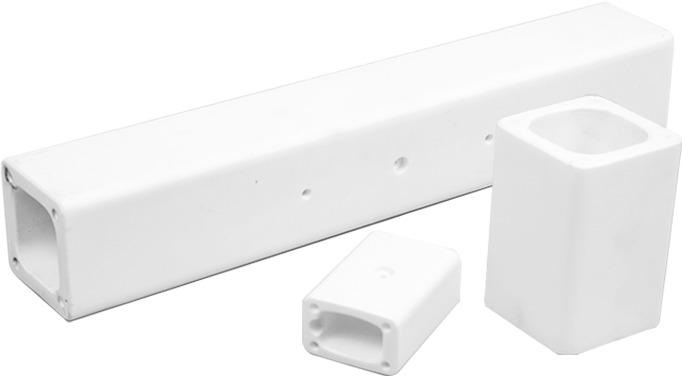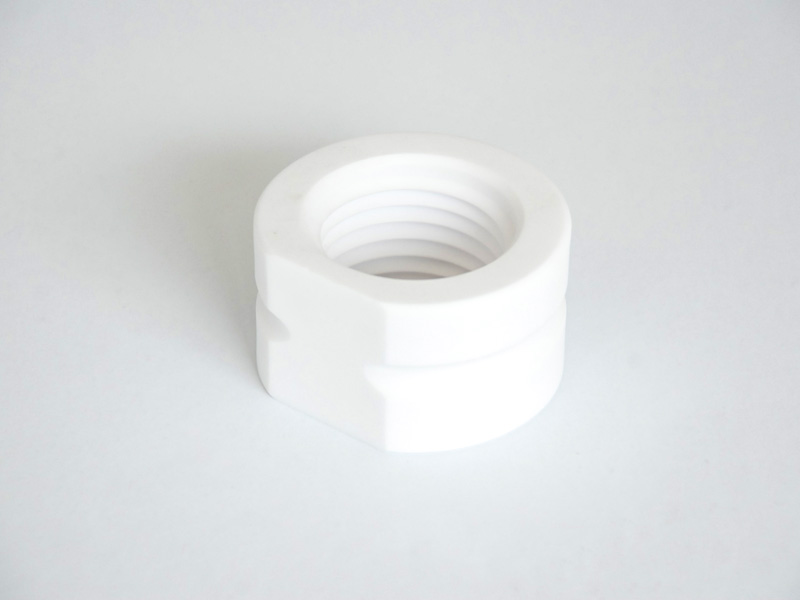The main applications of industrial ceramics include kiln furniture and furnaces, glassware, and thermal and mechanical insulation. The main process for converting these materials into functional objects is known as sintering. This step consists of converting powders into solid bodies. A number of forming techniques can be employed to produce industrial ceramic products, including shaping by hand, slip casting, and rotating a cylindrical form called a "throwing".

Industrial ceramics are non-metallic materials that have high melting points and low wear resistance. They are used for manufacturing all sorts of products, including electrical and thermal insulators, pipes, and rods. They can also be used in microwave and radio frequency technologies. Industrial ceramic manufacturing has also become a large industry, producing a wide range of ceramic products, such as ceramic rods and tubes, metal-clad containers, and microwaves.
The Midlands region in the UK has the potential to be a significant player in advanced ceramics manufacturing. The region's manufacturing heritage in ceramics, coupled with strong academic institutions, makes it a highly attractive location for companies to invest. With a number of advanced ceramics specialists, the Midlands region is a particularly attractive location for this industry. The UK economy is highly dependent on advanced ceramics and there are few other regions with comparable numbers of skilled workers and advanced manufacturing personnel.
Another application of industrial ceramics is as a surge arrestor. Their electrical insulation properties make them useful in protecting electrical equipment from surges. Industrial ceramics are also being researched for gas turbine components, with the goal of increasing their efficiency and reducing their costs. Industrial ceramics are already a major part of various end-use sectors, and new applications are being developed all the time. They have a long history of use in these sectors, and are only getting better.
The aerospace and automotive industries use industrial ceramics for a variety of applications. Aerospace and automotive applications make extensive use of technical ceramics in engine systems and exhaust systems. Aerospace companies need high-quality components, and technical ceramics can provide that structure. Graphite is another popular industrial ceramic material, and is used in brake discs, particulate filters, and catalytic supports. The aerospace and oil and gas industries also depend on the use of high-quality industrial ceramics.
Industrial ceramics also have unique properties. These materials are made of high alumina content. The phase line diagram of SiO2-Al2O3 has a peak at around 2020degC. Natural kaolinite is used for manufacturing earthenware, sanitary ware, and wall tile, but electrical porcelain is made with quartz and requires a temperature of about 1400degC to be vitrified. They are also incredibly durable, and can withstand high temperatures, and are resistant to scratches and excessive chemicals.
 EN
EN
 Chinese
Chinese







